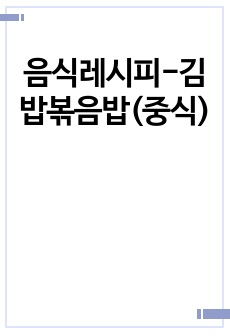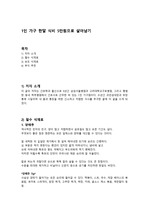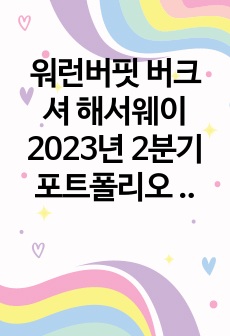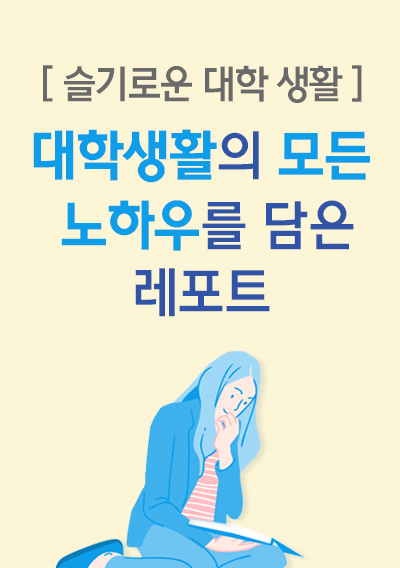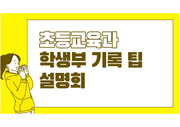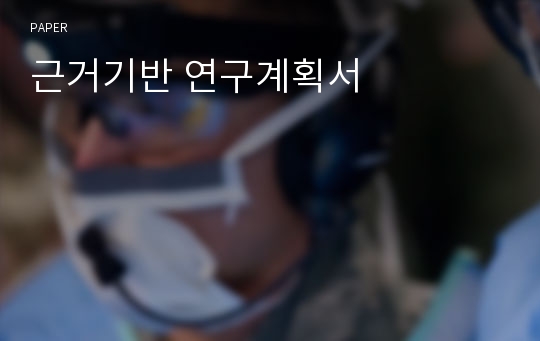목차
Ⅰ. 서론1. 연구의 필요성
2. 연구의 목적
3. 용어의 정의
Ⅱ. 문헌고찰
1. 표준화 환자를 이용한 실습
2. 임상수행능력
3. 의사소통능력
4. 전공만족도
Ⅲ. 연구방법
1. 연구설계
2. 연구방법개요
3. 연구대상
4. 자료수집 기간 및 방법
5. 연구도구
6. 자료 분석 방법
7. 안정성 및 윤리적 고려
8. 연구의 제한점
Ⅳ. 연구의 기대되는 결과
Ⅴ. 연구 진행일정
Ⅵ. 연구비 내역
Ⅶ. 참고문헌
Ⅷ. 부록
본문내용
간호교육의 일차적인 목표는 이론교육과 실습교육을 통하여 질적인 간호를 제공 할 수 있는 전문직 간호사를 양성하는 것이다[1]. 그리고 이러한 교육목표를 달성하기 위해서는 지식에 바탕을 둔 실기능력을 갖추어야 하며, 간호교육자는 변화하는 간호환경에서 간호학생들이 환자를 적절하게 사정하고 효과적인 간호를 수행 할 수 있도록 설계된 실습교육의 기회를 제공해 주어야 한다[2]. 그러나 현재 시행되고 있는 기본간호학 실습교육과정을 살펴보면 대부분 실습실에서 모형을 대상으로 단편적인 간호기술을 반복, 훈련하는 과정으로 구성되어 있다[3]. 이렇듯 간호 기술을 단편적으로 반복 훈련한 학생들은 그들이 배운 지식과 기술을 내면화 시키지 못하고 단기간 기억하였다가 일정시간 후 잊어버리는 경향을 보인다. 또한 잘 준비된 학교 실습실에서 모형을 대상으로 하는 학습과정은 실제 학생들이 임상에 나가 대상자를 만났을 때 자신이 배운 간호실무를 대상자에게 충분히 설명하고 상황에 적절하게 수행하는데 있어 어려움을 겪게 된다. 실제로 이러한 교육을 받고 졸업한 간호사들에 대하여 임상간호 관리자들은 현장 부적응, 간호실무능력의 부족, 의사소통 능력부족 등을 심각한 문제점으로 지적하고 있으며, 대부분의 의료기관이 간호사 실무교육을 새로이 실시하는 등 간호교육의 문제점에 대한 반성의 소리가 점점 높아가고 있다[4].또한 최근의 간호현장교육은 중증도, 첨단장비, 복잡한 병동환경으로 인해 간호학생의 접근이 어려우며 다양한 실습이 불가능해 실습 시 경험할 수 있는 환자군이 제한적이며, 환자의 권리의식이 변화하면서 환자는 전문 인력에게 전문적인 서비스를 받기를 원하게 되고 학생 실습을 환자를 대상으로 한 실험실습으로 받아들여 학생의 직접적인 실기를 거부하는 실정이다[5].
현재 국내 임상실습의 경우 68.1%의 병원에서 활력징후 측정과 같이 제한된 범위 내에서만 간호대학생의 독자적인 간호 수행을 허용하는 등 대부분 관찰 위주로 이루어지고 있어 시뮬레이션을 이용한 교내실습이 임상실습의 대안으로 자리 잡게 되었다[6].
참고 자료
DeYoung. Teaching nursing, Redwood City: Addision-Wesley; 1990.Larew C, Lessans S, Spunt D, Foster D, Covington B. Innovations in clinical si mulation: Application of Benner's theory in an interactive patient care simulation. Nursing Education Perspective. 2006;27(1):16-21.
Yoo MS. Development of standardized patient managed instruction for a fundamentals of naursing course [dissertation]. Seoul: Yonsei University;2001. p. 1-105.
Yoo MS. a study for the improvement of a fundamental nursing practice course. Journal of fundamentals of nursing. 2000;7(1):60-70.
Cho YA. Practical training for nursing students at clicical sites. Korean Academy Society Nursing Education. 2011;12 :21-42.
Song JH, Kim MW. Study on Clinical Education for Nursing in Hospitals in Korea. The Journal of Korean academic society of nursing education. 2013;19(1):251-264.
Lee WS ,Cho KC, Yang SH, Roh YS, Lee GY. Effects of Problem-Based Learning Combined with Simulation on the Basic Nursing Competency of Nursing Students. The Korean journal of fundamentals of nursing. 2009;16(1):64-72.
Jenkins L S, Schaivone K. Standardized patients in nursing education. Annual review of nursing education. 2007;5:3.
Gilje F L, Klose P M, Birger C J. Critical clinical competencies in undergraduate psychiatric-mental health nursing. Journal of Nursing Education. 2007;46(11) :522-526.
Birkhoff S D, Donner C. Enhancing pediatric clinical competency with high-fidelity simulation. Journal of Continuing Education in Nursing. 2010;41: 418-423.
Park JA, Hong JY. The effect of simulation education on critical thinking disposition, problem solving process, communication skills, and clinical competence of nursing students. The Journal of Learner-Centered Curriculum and Instruction. 2017:17(19):769-786.
Rubin R B. Communication competence. In G M Phillips, J T Wood(Eds.). Speech Communication: Essays to Communication the 75th anniversary of the Speech Communication Association. Carbondale: Southern illinois University press; 1990. p.94-129.
Ha HS. A Study of Department Satisfaction and School Satisfaction of Undergraduate Students [master's thesis]. seoul national university;2000. p.1-86.
Bang KS, Cho JK. Recognition of Nursing Students and Graduates on Nursing and Future Career. Korean Academy Society Nursing Education. 2008;14(1):88-97.
Jung SK, Kim KA, Jung EY. The Effects of Simulation Practicum using a Standardized Patient on Nursing Students' Communication Skills, Problem-Solving Skills, Critical Thinking Dispositions, and Clinical Competency. Home Care Nursing. 2016;23(2):186-194.
Han CS, Jung YH. The Relationship among Clinical Competence on Diabetic Diet Education Using Standardized Patients, Self-efficacy, Communication, Learning Satisfaction, and Professional Values of Nursing Students. The Korean Academic Society of Adult Nursing. 2010;22(2):221-228.
Yoo MS, Yoo IY. The effectiveness of Standardized Patient Managed Instruction for a Fundamentals of Nursing Course. Journal of nursing query. 2001;10(1):89-109.
Yoo MS, Yoo IY, Son YJ. The Effectiveness of Standardized Patient Managed Instruction in Teaching Foley Catheterization Skills, Communication Skills and Learning Motivation. The Korean journal of fundamentals of nursing. 2002;9(1):66-75.
Frejlach G, Corcoran S. Measuring clinical performance. Nursing Ourlook. 1971;19(4):270-271.
Barrett C, Myricick F. Job satisfaction in preceptorship and its effect on the clinical performance of the preceptee. J Adv Nurs. 1998;27(2): 364-71.
Lee YH, Kim JJ, Yoo JS, Heo HK, Kim KS, Lim SM. A Study on the Development of Measuring Tools for Clinical Performance of University Students. Yonsei University A handbook of nursing papers. 1990;13:17-29.
Ruesch J. Therapeutic communication. New York : W.W.Norton & co.,Inc
Yoo MS. Development of standardized patient managed instruction for a fundamentals of nursing course. Unpublished doctoral dissertation, Seoul: Yonsei University. 2000
Ha HS. A Study on the Satisfaction of University Students' Education and School Satisfaction. 2000. Seoul: Seoul National University.
Cho WS. Correlation between major satisfaction and academic achievement in accordance with major-interest correspondence of the university students. Gyeonggido: Dag Jin university; 2009. p. 1-82.
Harden R M, Blackwell N M. Providing feedback to students on clinical skills by using OSCE. Medical Education. 1988;21(2):48-52.
Barrows H., Abrahamson S. The programmed patient : A technique for appraising student performance in clinical neurology. Journal of Medical Education. 1964;39(8):802-805.
Frejlach G, Corcoran S. Measuring clinical performance. Nursing Ourlook. 1971;19(4):270-271.
Bruner J. Actual minds, possible worlds. Cambridge, MA: Harvard University Press. forthcoming 1986 October 15.
Hong YJ. Clinical Education using a Standardized Patients. Korean Journal of Medical Education. 1992;4(2):12-17.
Kolb S E, Shugart E B. Evaluation: Is simulation the answer?. Journal of Nursing Education, 1984;23(2): 84-86.
McDonald G F. The simulated clinical laboratory. Nursing Outlook. 1987;35(6):37-39.
Anandam K, Kelly D. Guided exposure to microcomputers an interactive program ERIC Document. 1990;205-238.
Stillman P L, Regan M B, Swanson D B, Case S, McCahan J., Feinblatt J, et al. An assessment of clinical skills of fourth year students at four new england medical schools. Acad Med. 1990;35(5):320-326.











